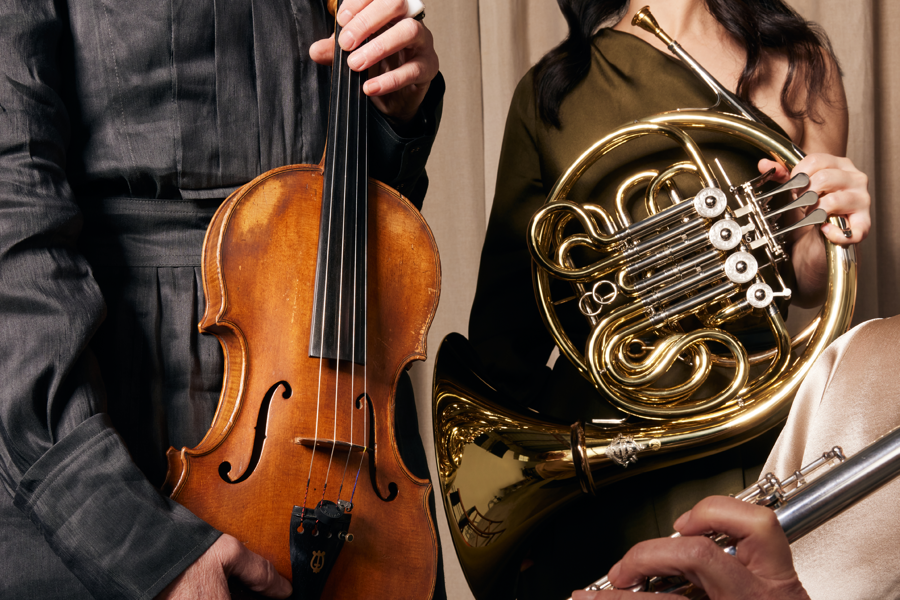The Adelaide Symphony Orchestra, under Luke Dollman’s direction, ignites the stage with the blazing contributions of women in an all-female composer concert. The concert features three works by Wise Music composers: two from Joan Tower and one from Missy Mazzoli.
The concert commences with Fanfare for the Uncommon Woman No. 1 by Joan Tower.
Fanfare for the Uncommon Woman, No. 1 was inspired by Copland's Fanfare for the Common Man and employs the same instrumentation. In addition, the original theme resembles the first theme in the Copland. It is dedicated to women who take risks and who are adventurous. Written under the Fanfare Project and commissioned by the Houston Symphony, the premiere performance was on January 10, 1987, with the Houston Symphony under Hans Vonk as conductor. This work is dedicated to the conductor Marin Alsop.
Tower’s Chamber Dance is dedicated to the intrepid and wonderful Orpheus Chamber Orchestra. She notes ‘It is chamber music in the sense that I always thought of Orpheus as a large chamber group, interacting and "dancing" with one another the way smaller chamber groups do. Like dancers, the members of this large group have to be very much in touch with what everyone else is doing, and allow for changing leadership to guide the smaller and bigger ensembles. Chamber Dance weaves through a tapestry of solos, duets, and ensembles where the oboe, flute, and violin are featured as solos and the violin and clarinet, cello and bassoon, two trumpets, and unison horns step out of the texture as duets. The ensemble writing is fairly vertical and rhythmic in its profile, thereby creating an ensemble that has to "dance" well together. I am very honoured that Orpheus commissioned me to write this piece.’
These Words in Us by Missy Mazzoli
The theme of this work, a mournful line first played by the violins, collapses into glissandos almost immediately after it appears, giving the impression that the piece has been submerged under water or played on a turntable that is grinding to a halt. The melodicas (mouth organs) played by the percussionists in the opening and final gestures mimic the wheeze of a broken accordion, lending a particular vulnerability to the bookends of the work. The rhythmic structures and cyclical nature of the piece are inspired by the unique tension and logic of Balinese music, and the march-like figures in the percussion bring to mind the militaristic inspiration for the work as well as the relentless energy of electronica drum beats.
June 1
Elder Hall
The University of Adelaide
North Terrace, Adelaide
South Australia

